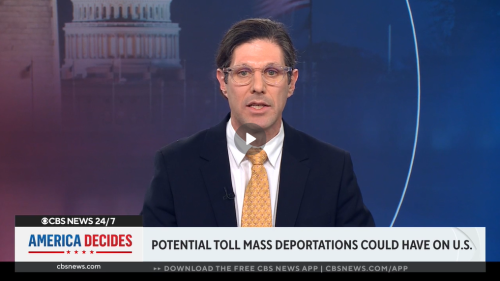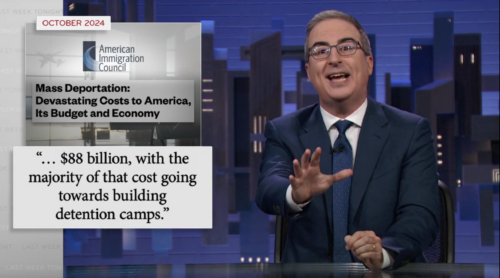On January 13, 2015, Senators Hatch (R-Utah), Klobuchar (D-Minn.), Rubio (R-Fla.), Coons (D-Del.), Flake (R-Ariz.), and Blumenthal (D-Conn.) introduced the Immigration Innovation (“I-Squared”) Act of 2015, a major immigration reform bill addressing the high-skilled and science, technology, engineering, and math (STEM) immigration programs. Similar to the I-Squared Act of 2013 (S.169) and the high-skilled provisions of the comprehensive immigration reform bill passed by the Senate in 2013 (S.744), the bill raises the allocations for H-1B skilled worker visas and employment-based green cards while forging a middle ground between the more restrictive skilled worker provisions in the 2013 Senate bill and the much higher caps in the 2013 I-Squared Act.
What Changes Would the I-Squared Act Make to the Business Immigration System?
The Act raises the annual cap on the H-1B temporary skilled worker visa, which is a nonimmigrant visa available for foreign professionals who have at least a bachelor’s degree in a specialty occupation. The number of H-1B visas available each year is currently capped at 65,000, with an extra 20,000 allocated for holders of U.S. graduate degrees. The Act would raise the annual cap to a minimum of 115,000, and would allow the cap to rise to a maximum of 195,000, based on market demand. There would be no cap on H-1B visas for foreign professionals with advanced degrees from U.S. universities, and spouses of H-1B visa holders would be allowed to work, which is not currently the case. H-1B workers who were discharged from their employment would be given an official 60-day grace period during which they could change status or obtain a new H-1B visa with a new employer. Renewals of previously approved H-1B and L-1 visas could not be denied without a formal finding of material change or error.



